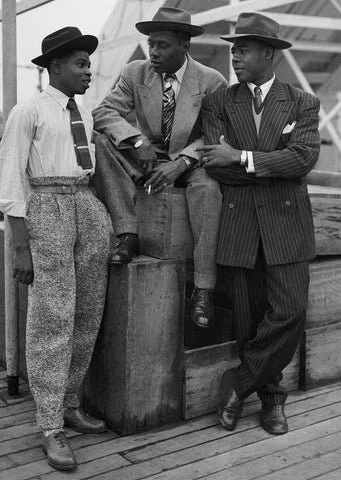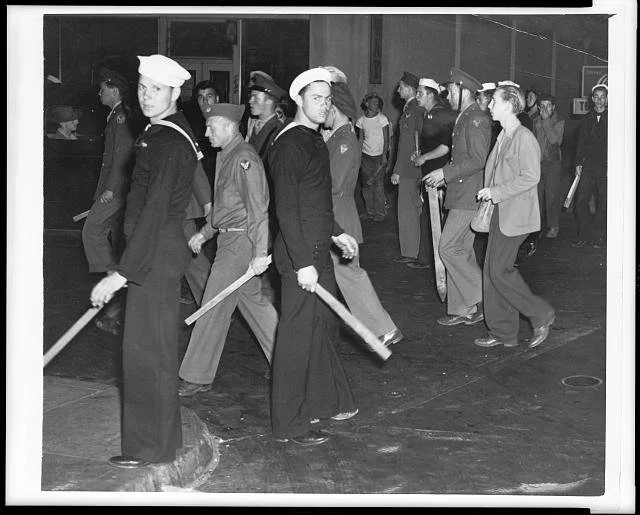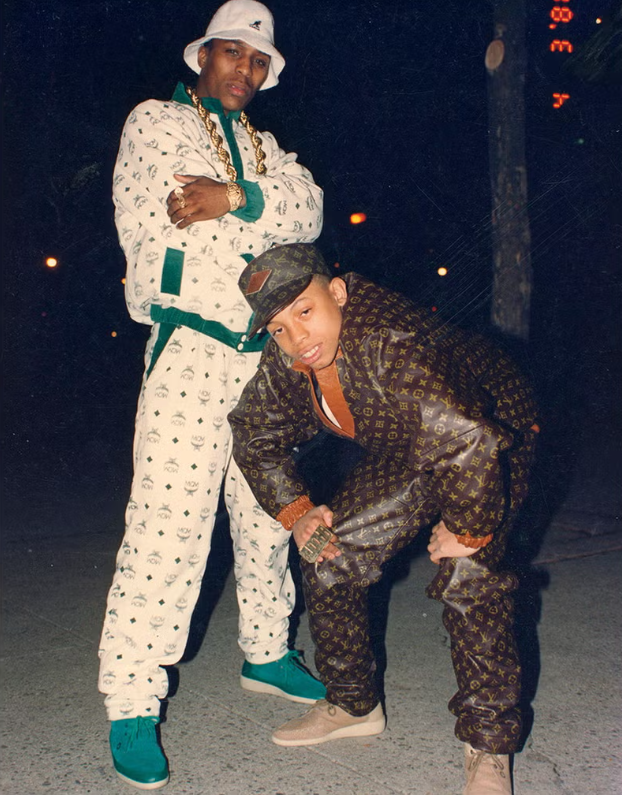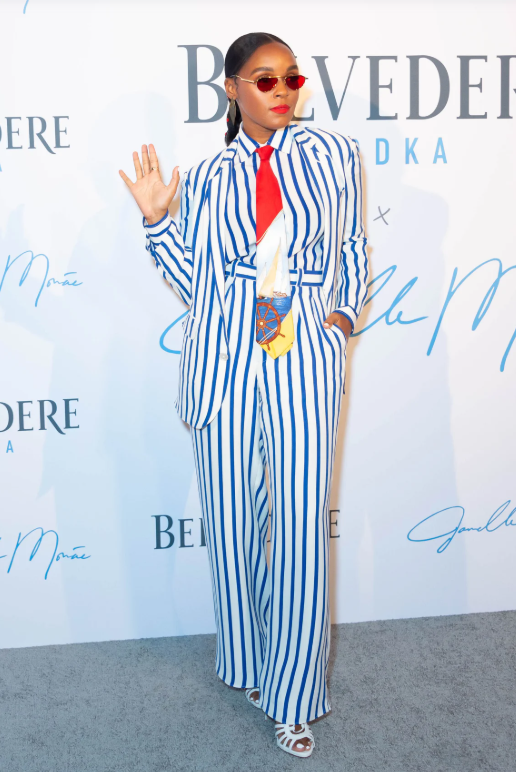Men wearing more than a tux to the Met Gala? What fashion owes to Black communities.
PUblished 07.05.25Once again, the first Monday in May has seen New York’s Met Museum decorated with dazzling designs and celebrities in a showcase of fashion and art. This year the museum’s steps were dressed in a deep blue carpet with white daffodils resembling stars amongst the midnight blue. With the flower’s scientific name stemming from the Greek myth Narcissus, artist Cy Gavin took inspiration from connotations of self-recognition, appreciation, and springtime new beginnings associated with the bloom – hinting at this year’s theme.
WRITTEN BY avivalyn
Getty ImagesThe Met Gala’s dress code, ‘Tailored for you’, takes inspiration from the Costume Institute’s spring exhibition theme, ‘Superfine: Tailoring Black Style’. The exhibition is a long-awaited homage to the influence of Black men’s fashion, the fashion and cultural movement of Black Dandyism, and the craft of tailoring. This theme showcases how fashion has been a powerful tool for self-expression, autonomy, and protest for Black people throughout history. Menswear often takes a backseat in fashion, and this is the first exhibition since the 2003 ‘Men in Skirts’ exhibit to focus exclusively on menswear.
What is Black Dandyism?
Black Dandyism is both a cultural movement and style of fashion which was pioneered by 19th century Black men as a form of self-expression, an exercise of autonomy and a reclaiming of power in response to racial discrimination.
The term ‘black dandy’ is a modern one and these pioneers would not refer to themselves as such. However, the movement was inspired by the 18th century notion ‘dandy’ – an aesthetic involving being incredibly well-dressed and groomed.
dandy
/ˈdandi/
noun
a man unduly concerned with looking stylish and fashionable.
New World, 1844The impeccable style took inspiration from the style of oppressors – the aristocratic and the colonial – to turn it into a weapon of freedom and independence. The style takes inspiration from a blend of cultures, notably European fashions. Tailoring is a significant aspect of the aesthetic as it was a way to reclaim dignity in the face of oppression. Dandyism also explores and challenges notions of masculinity and binaries seen in fashion. The style is understood as a marriage of classical styles with contemporary ideas. It is about looking good while also expressing one’s identity and individuality.
The movement began in the late 19th century after Emancipation but it grew stronger in the 1920s and 30s during the Harlem Renaissance.
Men in zoot suits in 1940. Douglas Miller, Getty ImagesAs it is how we present ourselves to the world, fashion has always been used as a form of protest.
The Silent Protest Parade of 1917 saw over ten thousand Black people in formal wear march down New York City’s Fifth Avenue to protest the ‘Jim Crow’ laws of racial segregation and disenfranchisement.
The Zoot Suit Riots of 1943 involved many Black, Latino, and Asian men wearing zoot suits – a suit with high-waisted, wide-legged trousers and a long coat with wide lapels and wide padded shoulders – who were assaulted by police as a discriminatory act of resistance to the style’s prevalence in minority communities.
Servicemen at the zoot suit riots. Library of CongressWomen, like Gladys Bentley, were also involved in the movement. Getty ImagesDandyism has evolved over the years. In the 70s, the style became more flamboyant, with colourful clothing and bold accessories being key parts of the aesthetic. In the 90s, with the rise of hip-hop, dandyism evolved and sportswear, luxury logos, and streetwear became contemporary additions to the style.
Sammy Davis Jr. for GQ, 1967two dapper dan customers, 1988Willy Chavarria's menswear f/w 2025 show in Paris Fashion Week. getty imagesJanelle Monáe in ralph lauren, 2019. shutterstockDior, Balmain, Martine Rose, and Thom Browne have showcased Dandyism in their designs. Individuals such as Chadwick Boseman, Kai-Isaiah Jamal, Janelle Monáe, Doechii, LeBron James, Lewis Hamilton, and Wisdom Kaye – who was wrongly missed on the Met Gala invitation list – have all been influenced by the style.
Black communities, among many other cultures across the world, have constantly been influencing mainstream fashion. From hoop earrings to lettuce hems, to acrylic nails, to the flapper dresses and zoot suits of the 1920s, to hip hop and streetwear, Black communities have transformed fashion throughout history. This Met Gala theme is just one step towards these contributions being appropriately acknowledged and celebrated.
So…what happened at the Met?
At this year’s Met, the men have been put into the spotlight – they can no longer hide behind their date in a simple black tux with a bow tie. Style icons Colman Domingo, Lewis Hamilton, A$AP Rocky, and Pharrell Williams are this year’s co-chairs, with LeBron James acting as honorary chair.
While the exhibition theme is focused on the intricacies and history of Black men’s fashion, the dress code of the night was ‘Tailored for You’. As it is a broad theme, it is open for interpretation. Yet there is an implication that individuality and the craftsmanship of tailoring should be flaunted on the steps of the Met. Although tailoring is simply the practice of fitting clothes to the body, it is traditionally known for suiting and was the implied focus of the evening.
On the blue carpet, we saw the theme envisioned – to, as always, varying degrees of success – with bling, bright colours, exaggerated silhouettes, intricate and innovative tailoring, bold accessories, and a challenging of gender norms in fashion.












